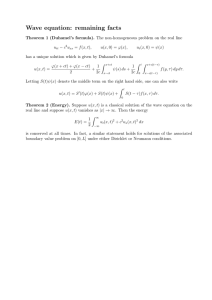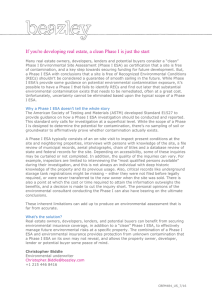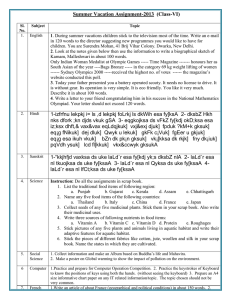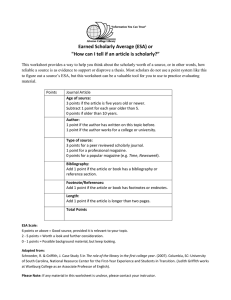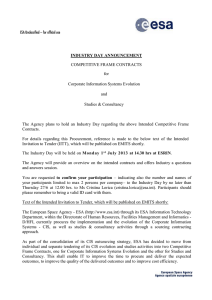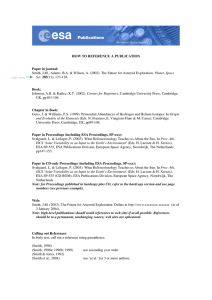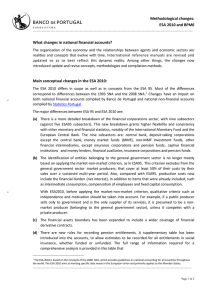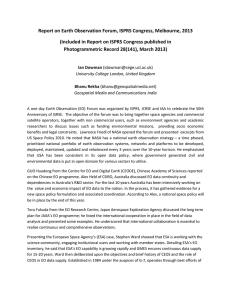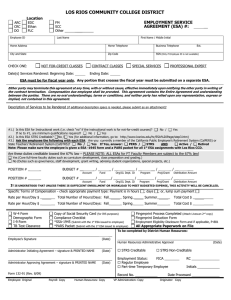Duhamel’s Formula
advertisement
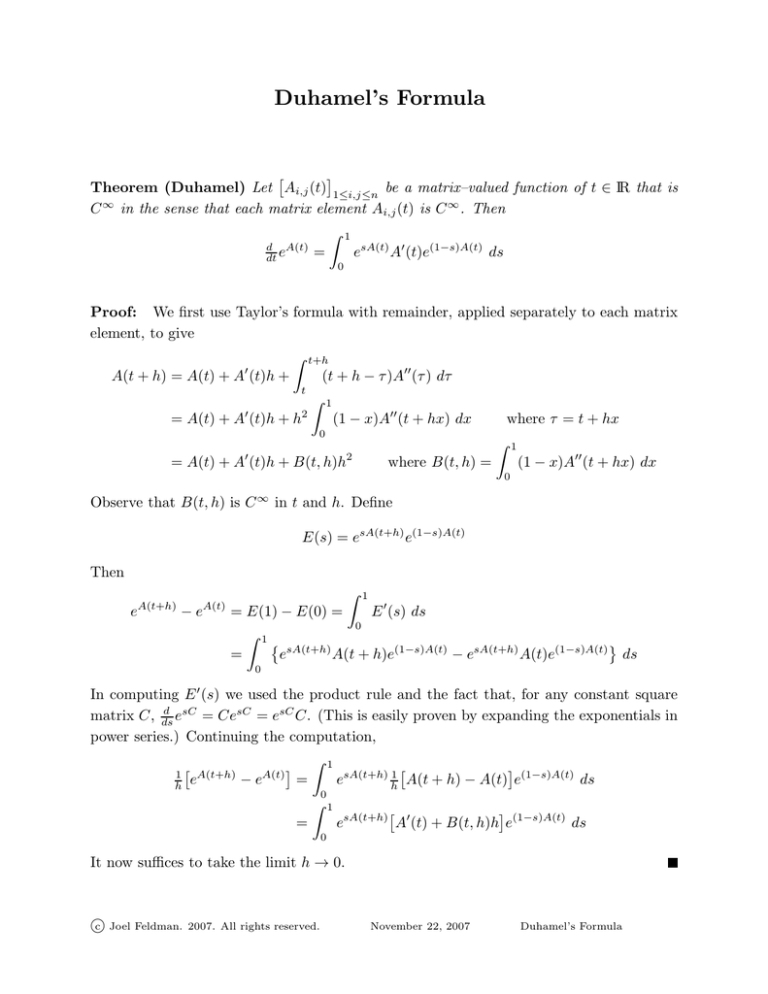
Duhamel’s Formula Theorem (Duhamel) Let Ai,j (t) 1≤i,j≤n be a matrix–valued function of t ∈ IR that is C ∞ in the sense that each matrix element Ai,j (t) is C ∞ . Then d A(t) e dt Z = 1 esA(t) A′ (t)e(1−s)A(t) ds 0 Proof: We first use Taylor’s formula with remainder, applied separately to each matrix element, to give Z t+h ′ A(t + h) = A(t) + A (t)h + (t + h − τ )A′′ (τ ) dτ t 2 ′ = A(t) + A (t)h + h Z 1 (1 − x)A′′ (t + hx) dx where τ = t + hx 0 2 ′ = A(t) + A (t)h + B(t, h)h where B(t, h) = Z 1 (1 − x)A′′ (t + hx) dx 0 Observe that B(t, h) is C ∞ in t and h. Define E(s) = esA(t+h) e(1−s)A(t) Then A(t+h) e A(t) −e = E(1) − E(0) = Z 1 E ′ (s) ds 0 = Z 1 0 sA(t+h) e A(t + h)e(1−s)A(t) − esA(t+h) A(t)e(1−s)A(t) ds In computing E ′ (s) we used the product rule and the fact that, for any constant square d sC matrix C, ds e = CesC = esC C. (This is easily proven by expanding the exponentials in power series.) Continuing the computation, Z 1 (1−s)A(t) A(t) sA(t+h) 1 1 A(t+h) e − e = e A(t + h) − A(t) e ds h h 0 = Z 0 1 esA(t+h) A′ (t) + B(t, h)h e(1−s)A(t) ds It now suffices to take the limit h → 0. c Joel Feldman. 2007. All rights reserved. November 22, 2007 Duhamel’s Formula
